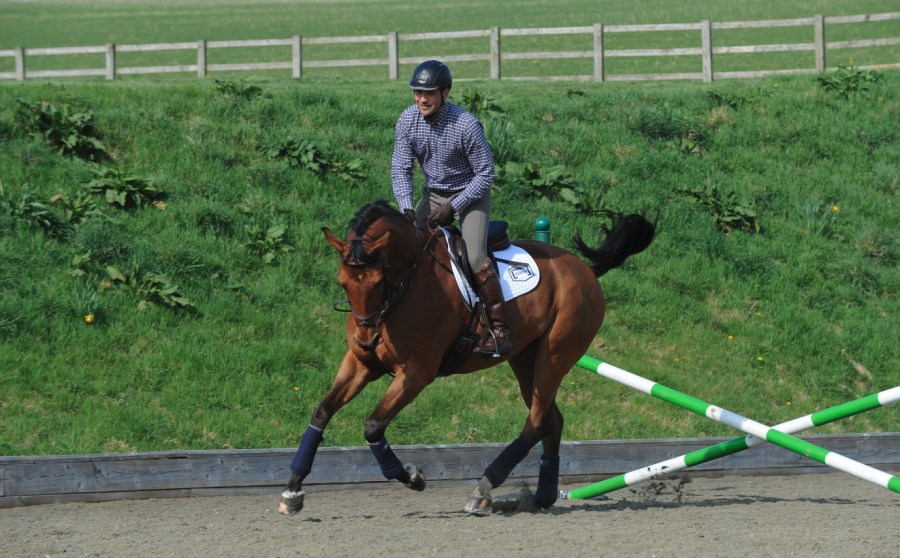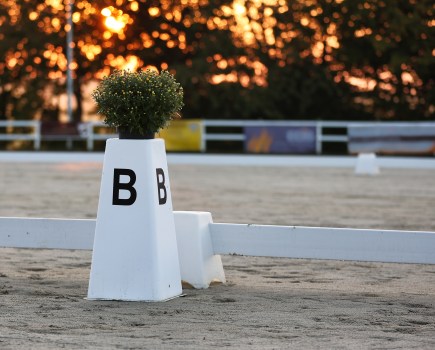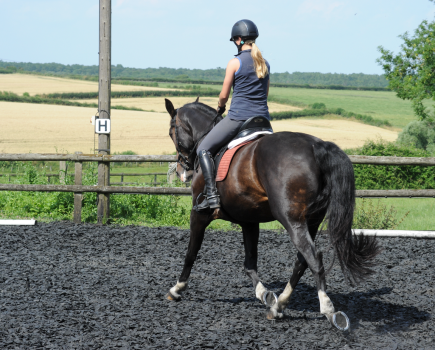A horse who is happy and relaxed in his work is best placed to enter the showjumping ring and pull off a confident clear round. International showjumper Jay Halim shares the simple warm-up routine he uses to get his horses ready for action.
1 Relaxation
As the first scale of training is relaxation, at the start of your warm up you should take some time to let your horse relax. If it’s safe to do so, walk around on a long rein so that they can stretch their head and neck forwards and down.
Use this time to check your position too – sitting evenly in the saddle with equal weight in each stirrup and sitting up straight.
2 Help their technique
Your flatwork should encourage your horse to work over their back to help their technique over a fence. Jay likes to use ground poles, put out at no set distance so that your horse has to think about where they’re placing their feet.
“It’s absolutely fine for your horse to slow down and drop their neck over the poles,” says Jay. “Spend a bit of time just walking over the poles in both directions to encourage your horse to look and think about where they’re putting his feet.
“If you think about the way a horse physically jumps, they need to be able to drop their neck.”
3 Check your aids and the contact
Moving up to trot, ride your horse from your leg into an even contact. Some horses, especially youngsters, tend to fall in around the turns.
As you trot round you want to encourage your horse to stay away from your inside leg — ask for a step or two of leg-yield so they’re stepping away from your inside leg.
“With young horses I find that you have to hold their hand a bit,” says Jay. “Your contact can offer your horse a little security and connection, but they shouldn’t rely on or sit on that contact.
“Test this by giving and retaking your reins. Your horse should stay in the same rhythm and shouldn’t fall flat on their face.”
4 Vary the stride length
As you increase the pace to canter in your showjumping warm-up, you still need to ensure that your horse doesn’t fall in on the corners.
“When the canter feels balanced, I may ride it a little more forward, but only when the time is right — there’s no point in lengthening and shortening the stride when your horse can’t maintain a regular canter rhythm,” explains Jay.
“Check that you’re not trying to pull your horse into a frame; you’re just offering him security in the contact.”
Love hacking? Join our free #Hack1000Miles challenge and see how far you can go!









